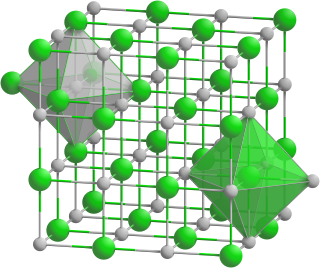This article needs additional citations for verification .(April 2019) |
 Title page of the 8th edition, published in 1920 | |
| Subject | Chemistry |
|---|---|
| Publisher | CRC Press (formerly The Chemical Rubber Company) |
| Pages | 1624 (102nd ed.) [1] |
| ISBN | 9780367417246 (101st ed.) |
| Website | https://hbcp.chemnetbase.com |
The CRC Handbook of Chemistry and Physics is a comprehensive one-volume reference resource for science research. First published in 1914, it is currently (as of 2023 [update] ) in its 104th edition, published in 2023. It is sometimes nicknamed the "Rubber Bible" or the "Rubber Book", as CRC originally stood for "Chemical Rubber Company". [2]
Contents
As late as the 1962–1963 edition (3604 pages) the Handbook contained myriad information for every branch of science and engineering. Sections in that edition include: Mathematics, Properties and Physical Constants, Chemical Tables, Properties of Matter, Heat, Hygrometric and Barometric Tables, Sound, Quantities and Units, and Miscellaneous. Earlier editions included sections such as "Antidotes of Poisons", "Rules for Naming Organic Compounds", "Surface Tension of Fused Salts", "Percent Composition of Anti-Freeze Solutions", "Spark-gap Voltages", "Greek Alphabet", "Musical Scales", "Pigments and Dyes", "Comparison of Tons and Pounds", "Twist Drill and Steel Wire Gauges" and "Properties of the Earth's Atmosphere at Elevations up to 160 Kilometers". Later editions focus almost exclusively on chemistry and physics topics and eliminated much of the more "common" information.
CRC is a leading publisher of engineering handbooks and references and textbooks across virtually all scientific disciplines. [3]




